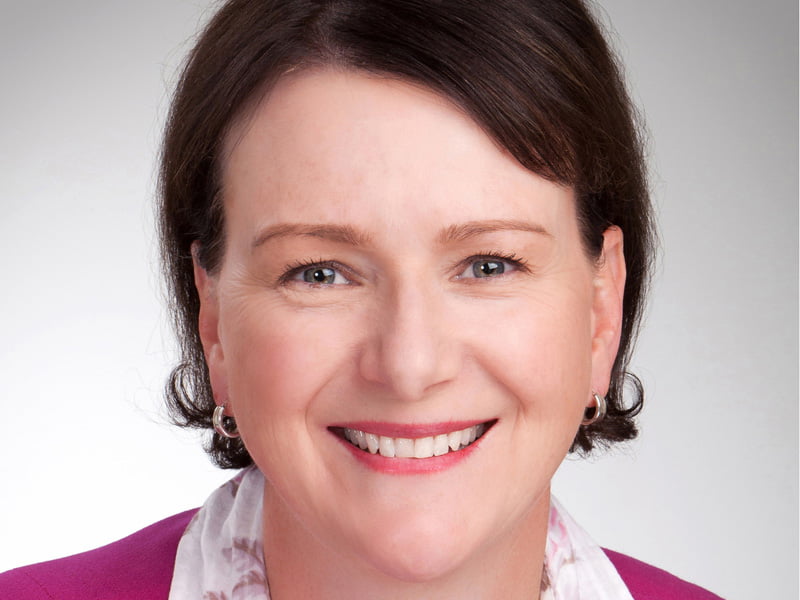There is a real-world aphorism that tells us the three most important contributors to a successful business is location, location and location.
It turns out this is equally true in the digital world. Since the advent of the smartphone, location services has become the keystone data of the digital economy.
The Australian Government has been on a mission in recent years to open up data to third-parties, to enable outside innovators to use this data to create new applications and services.

The Open Data movement has been given a new lease on life since Malcolm Turnbull became Prime Minister (and he brought portfolio responsibility for data policy with him from the Communications department to Prime Minister & Cabinet.)
The principles of Open Data were a key part of the National Innovation and Science Agenda announced last December. And with the release on Friday of the Geocoded National Address File (G-NAF), Mr Turnbull has made good on this commitment.
The G-NAF dataset is among the most requested and most valuable datasets maintained by government. It is an aggregation of all the address files of state and federal government, with each given a geocode (this is effectively longitude and latitude data being applied to each address.)
Certainly the data is high-value. We know this because setting it free – that is, making it freely available to everyone – has been an expensive process.
Some $29.2 million was set aside over the four forward budget years in the Turnbull Government’s Mid-Year Economic and Fiscal Outlook to pay the cost of making this data free. This is not small potatoes.
And it is difficult to get anything like a precise reading on what the return to the economy will be for the investment. But those inside the PM&C data policy unit believe this basic location data will underpin a huge range of economic activity.
“Greater availability of public sector data enables greater innovation, as organisations are free to experiment with different business models without upfront costs,” the department said. “Experience has shown that price barriers, even small, deter wider use of data.
“Domestic and international experience shows that making data available at no charge increases take-up, particularly by SMEs.”
“In its 2011 Pricing of Public Sector Information Study, the European Commission found that reducing the cost of public sector data to zero can increase the number of repeating users by between 1000 and 10,000 per cent.”
The G-NAF data is curated by PSMA Australia, a private company jointly-owned by the Commonwealth and the states and territories. It is responsible for curating and building national datasets based location.
PSMA is self-funding. Until now, its G-NAF dataset has been sold through reseller partners on a commercial basis. The G-NAF has been its most valuable dataset. Not surprisingly, the company needed some reassurance when government said it planned to give away the data for free (while still expecting PSMA to keep up its maintenance.)
The $29.2 million earmarked to fund the G-NAF open data initiative is based on an independent audit by Synergy that was based on a production cost-plus basis for aggregating the data received from jurisdictions into one national dataset.
In other words, the Commonwealth will pay the PSMA to maintain the G-NAF on a cost-recovery model so that the set can be given away for free, with the expectation that it will deliver huge returns to the economy once in the hands of private innovators.
There is no consensus about what the value of the return to the economy will be. But there is an across the board view that the return will make the $29.2 million investment look trivial.
In its 2014 report Open Data for Economic Growth, the World Bank found that due to its leveraged and highly pervasive nature, geospatial data, such as address data, is among the most important government data for enabling the delivery of new products and services and driving economic growth.
The World Bank categorised geospatial data as “core reference data … widely used across the economy to underpin the efficient operation of businesses of all kinds”, and recommended that governments prioritise its open release.
Helen Owens is the data policy chieftain within Prime Minister & Cabinet. She says the G-NAF release is easily the largest and most valuable release of data undertaken by the Commonwealth.
Ms Owens says the PSMA will continue to build data sets based on government data that will run over the G-NAF. “They will keep building more complex and valuable over the top of the G-NAF and that will continue to generate revenue.”
The publicly-released data will find its way into applications across the economy – from infrastructure planning, to logistics and service delivery planning, emergency services and disaster response to insurance fraud detection.
It is also extremely valuable in the fairly mundane task of address validation at the point of entry for business and government. It will drive efficiencies for business, and simplification of location process, and should also lead to better policy development.
The point is that government considers the release of this data a no-brainer. The G-NAF has been around for ten years. It’s now free.
And Australia is quite fortunate. There are few countries that have released national address data, not because they don’t see the value, but because it does not exist.
Australia governments have worked hard to maintain a leadership expertise in the management of geospatial data systems.
Do you know more? Contact James Riley via Email.

